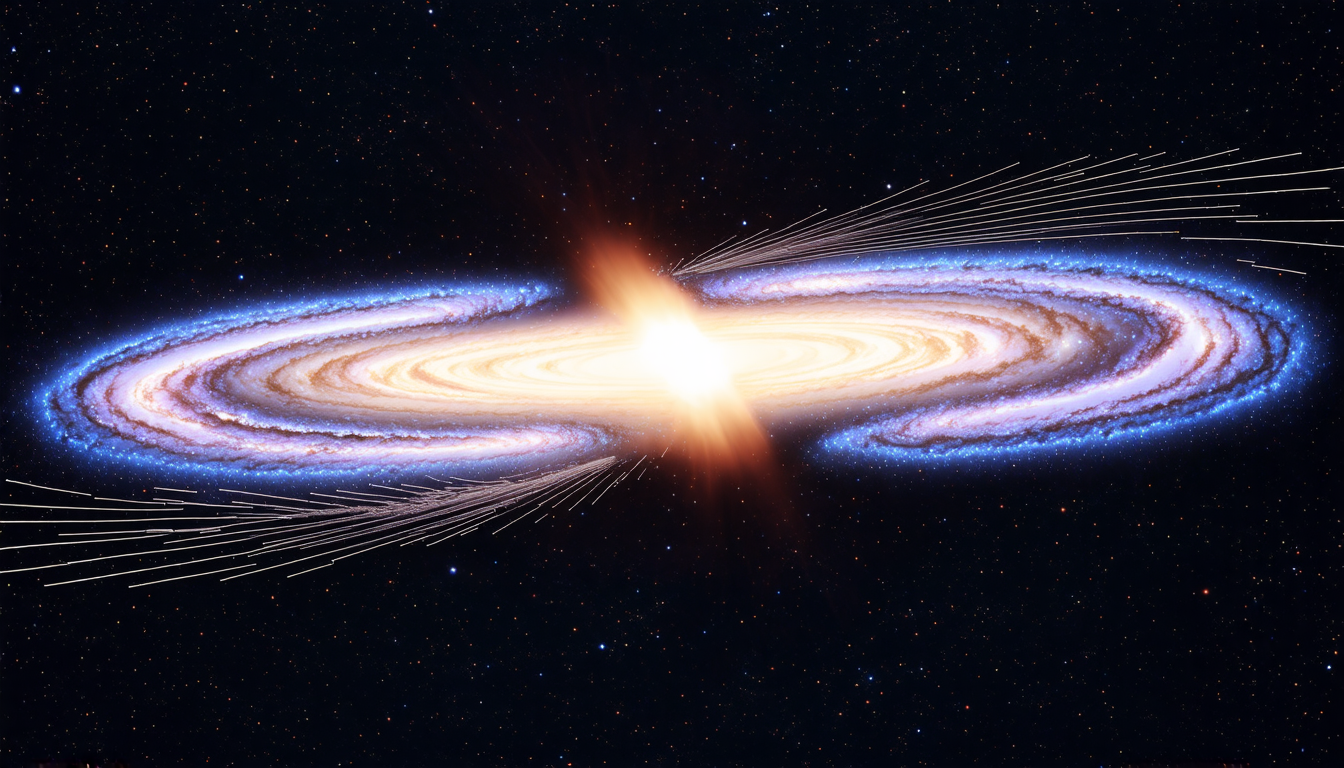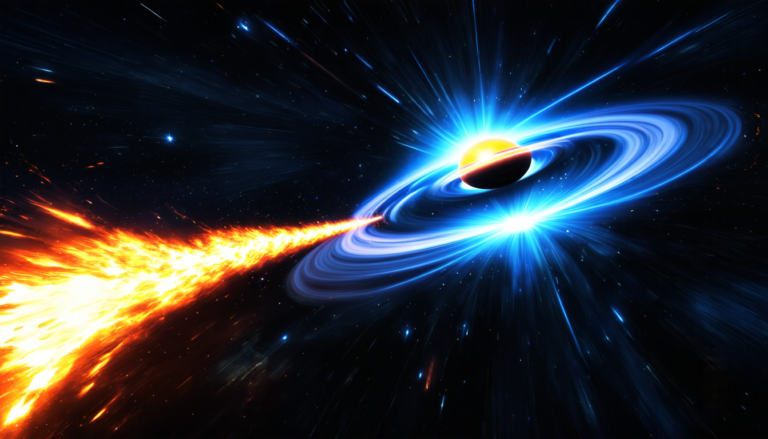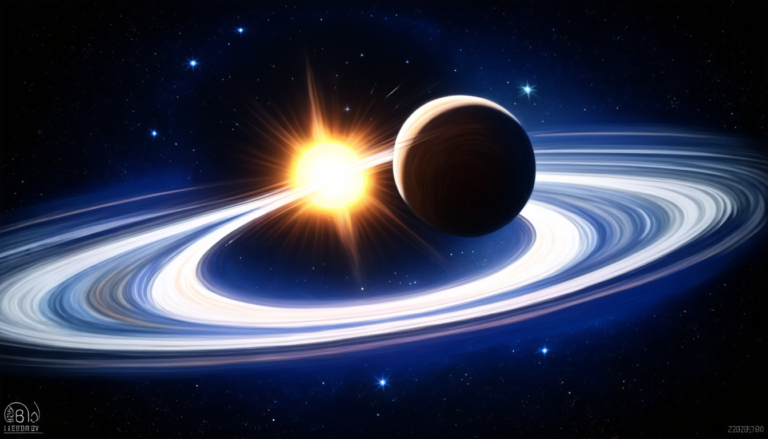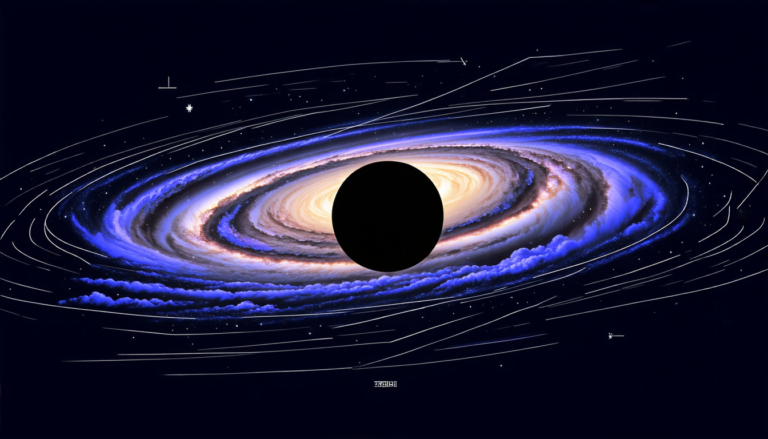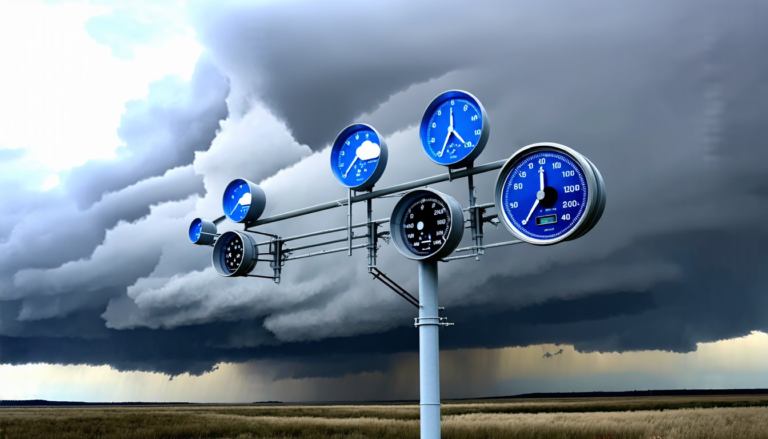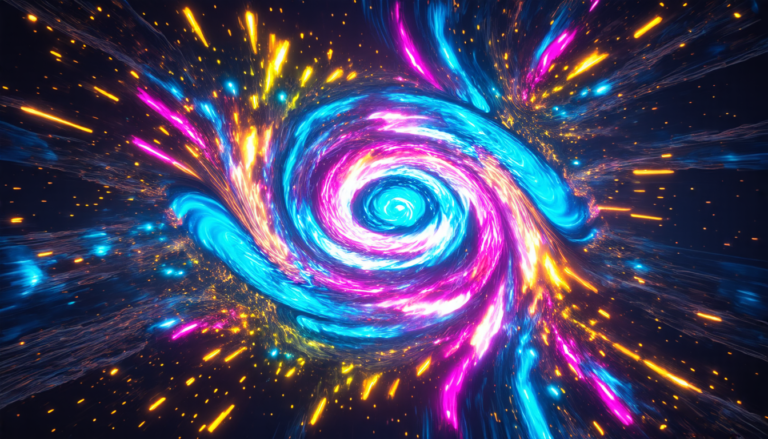Wednesday 04 June 2025
A team of astronomers has made a significant discovery in the field of astrophysics, shedding light on the evolution of radio sources in the universe. By observing a sample of low-power compact symmetric objects (CSOs), they have gained valuable insights into the early stages of galaxy formation.
Compact symmetric objects are rare and enigmatic phenomena that emit intense radio waves from their centers. These sources are thought to be the precursors to more powerful radio galaxies, which can be thousands of times larger. Despite their importance in understanding the evolution of galaxies, CSOs have been relatively understudied until now.
The team used the Very Long Baseline Array (VLBA) to observe a sample of 20 low-power CSOs at two frequencies: 1.38 and 4.98 gigahertz. The VLBA is an array of radio telescopes that can detect signals from extremely distant objects with unprecedented precision. By analyzing the data, the astronomers were able to determine the structure and properties of these enigmatic sources.
The results show that CSOs are complex systems consisting of two lobes of emission that are mirror images of each other. These lobes are thought to be formed by jets of energetic particles emitted from the central black hole. The team also found that the CSOs have a range of sizes and brightnesses, indicating that they are in different stages of evolution.
One of the most interesting findings is that many of the CSOs display asymmetries in their structures, which could be indicative of interaction with their surroundings. This suggests that these sources are not isolated objects, but rather are influenced by their environment. The team also found that some of the CSOs have extremely high levels of polarization, which is a key indicator of magnetic fields.
These results have significant implications for our understanding of galaxy evolution. They suggest that CSOs are an important stage in the formation and growth of galaxies, and that they play a crucial role in shaping the structure and composition of their environments. The discovery also highlights the importance of continued observations and research into these enigmatic objects.
The study’s findings will be useful for astronomers trying to understand the evolution of galaxies, as well as for those studying the properties of black holes and magnetic fields. It is hoped that future studies will continue to shed light on the mysteries of CSOs and their role in shaping the universe as we know it.
Cite this article: “Unveiling the Secrets of Compact Symmetric Objects”, The Science Archive, 2025.
Astrophysics, Radio Sources, Galaxy Formation, Compact Symmetric Objects, Csos, Very Long Baseline Array, Vlba, Black Holes, Magnetic Fields, Galaxy Evolution

